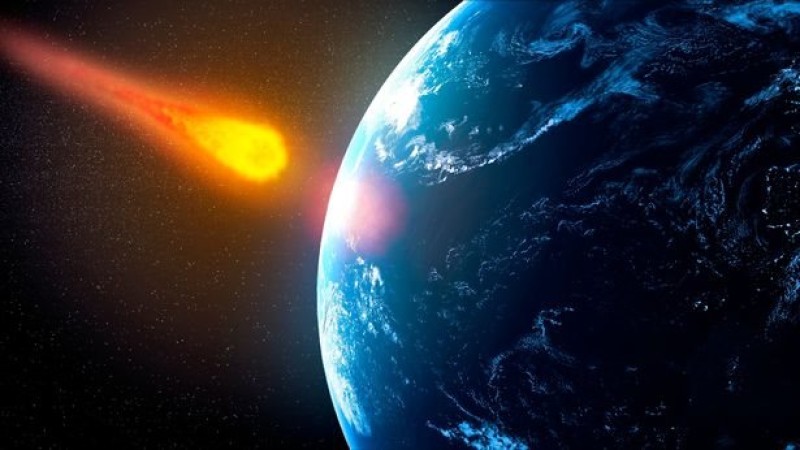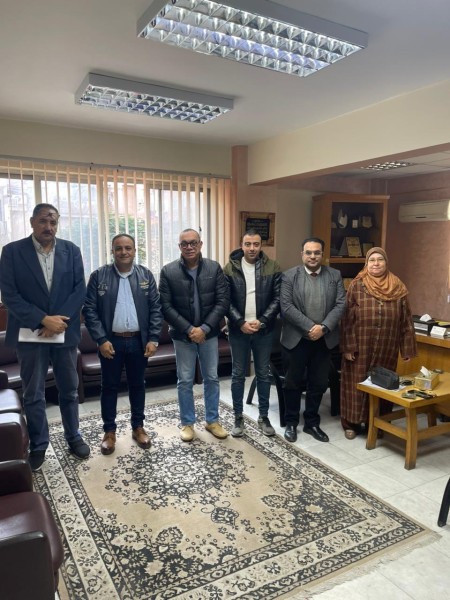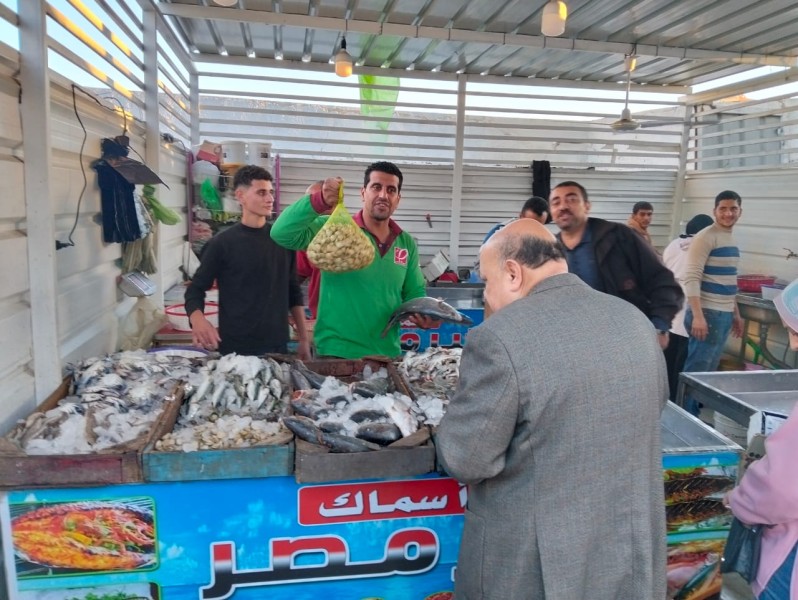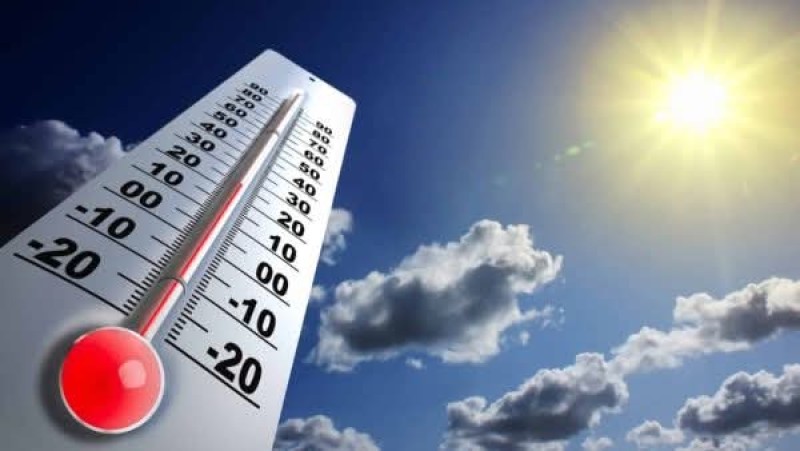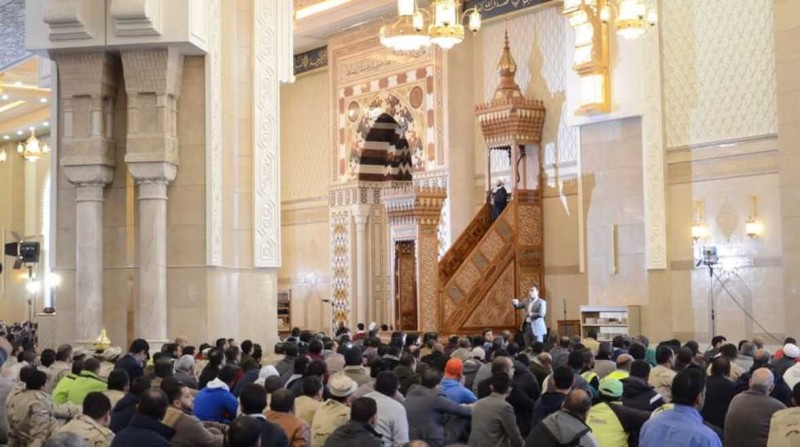Siwa Oasis is the most beautiful oasis of Western Sahara

Despite the desert nature that this reserve lives in, it is rich in lakes and various groundwater, because its land is 18 meters below sea level, which caused the presence of sulfur basins, which are used in the treatment of rheumatic and skin diseases, and pure fresh eyes, on which water factories have been established bearing the name of the oasis. And salt wells from which salt is extracted, capable of melting Europe's snow.
There are nearly 200 springs in the oasis, from which more than 190 thousand square meters flow daily, and thus it is considered the largest reservoir of groundwater in Egypt. Among the most famous of those springs is the Eye of Cleopatra, in which it is said that Queen Cleopatra used to swim, and Ain Fatnas, which is about 6 km away. From the west of Siwa, it is located on the island of Fatnas overlooking a salty lake, surrounded by olive trees and palms, and Ain One, which is called the Great Sea of Sand Well, which is a hot sulfur spring 10 kilometers from the oasis in the heart of the Great Sea of Sands, in addition to Ein Kigar, which is one Of the sulfur eyes, which are used in the treatment of rheumatic diseases, as well as many different eyes, including Ain Tejzrt, Ain Dakrour, Ain Qureshet, and Ain Tamoussa.
There are also four main lakes in the middle of the oasis, such as the Olive Lake, which is a salty lake in eastern Siwa, with an area of 5760 acres, Lake Al Maasir in the northeast of the oasis, which has an area of 960 acres, and Lake Siwa, which is located west of Shali, with an area of 3600 acres. In addition to the lake of Maraqi, which is located to the west of the oasis in the Bahi al-Din region, with an area of 700 acres, the oasis also includes other lakes such as Taagheen, Lake Shayatah, and Lake Fatnas.
The reserve is characterized by a biological and geological diversity in terms of sand dunes, plateaus and wetland, and scientists have spotted more than 40 types of plants, as it contains more than 70 thousand olive trees, and nearly 400 thousand palm trees, and there are apricot, pomegranate, guava, lemon and fig trees, and among the plants Medicinal and aromatic, there are mint, wormwood, drunken, um al-nada, castor, mucilage, algae, licorice, marjoram, and basil, which are free of agricultural pesticides, while the plants that are used as sand repellants include Acacia and Athl trees.
The oasis is rich in many types of wild animals, including the red deer and the white deer, and the cheetah was spotted near the Qattara depression, in addition to the jerboa, the hare and the wolf, and there are some rare species that are threatened with extinction, including the Phoenician fox, the gazelle with slender horns, and types of cats.
Scientists also monitored 164 species of birds, including houbara, quail, lunar and crowned lark, in addition to the bisharush bird that was sacred by the ancient Egyptians. There are also 32 types of reptiles and invertebrates. In the past, the area was the bedrock of the ancient Teths Sea. On that, the remains of Nutlus marine snails and fossilized coral reefs, and the largest whale structure in the world dating back to the Cretaceous period 73 million years ago, in addition to three other whale species, water snakes and shark teeth









